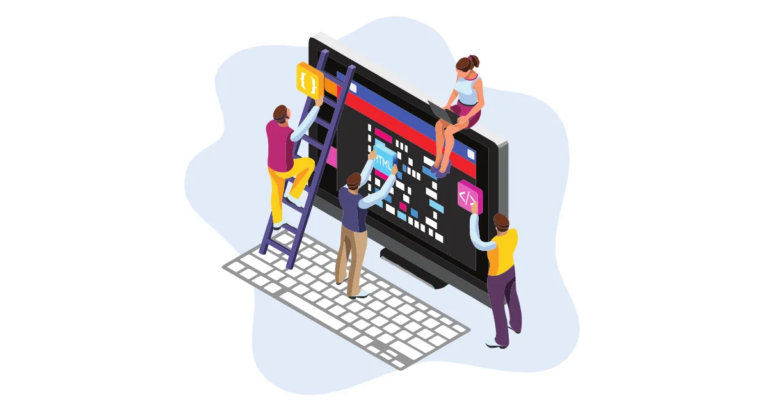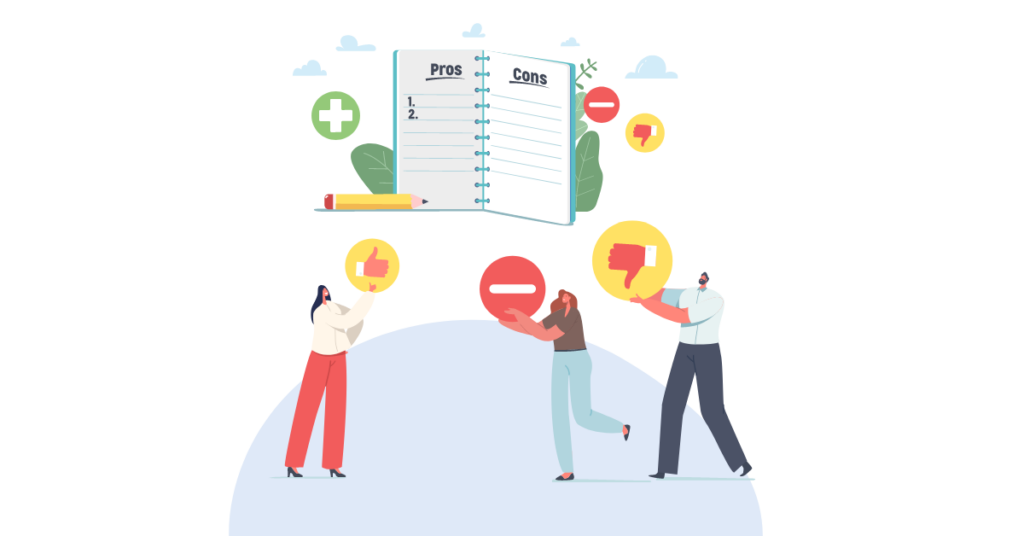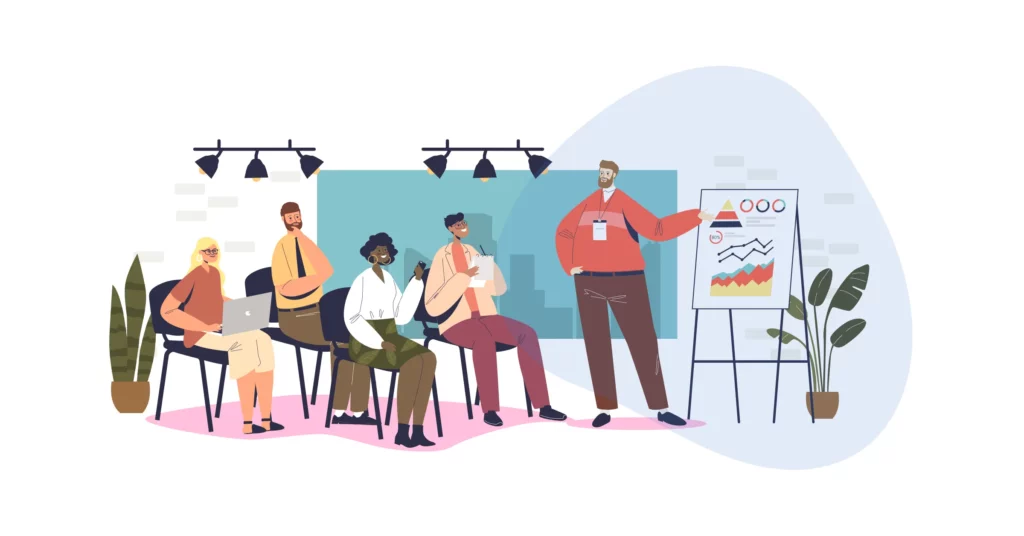It’s every organization’s goal to have the most qualified employees in the job market. A rigorous hiring process will enable you to find the right candidates for the different roles. After the hiring and onboarding process, the next important thing is a favorable working environment.
If not, they won’t hesitate to move to greener pastures. Before you embark on applying an employee retention strategy, it’s important to understand the reasons that trigger the employees to leave.
Why are Employees Leaving?
Poor Remuneration
Many people leave their jobs because they do not feel like they’re being compensated well for the amount of work they do. An employee’s salary does not always reflect the amount of work and responsibility they have.
For example, suppose a person works at a fast-food restaurant, is constantly busy during peak times, and takes on many responsibilities such as ordering, preparing, taking orders from customers, and ensuring that everything is running smoothly. In that case, this person should be paid more money than someone who only works during non-peak times like lunchtime or after hours at night.

Feeling Overworked
Another reason people leave their jobs is that they feel too much pressure from other people around them to finish projects before others. Receiving emails at odd hours, weekends and holidays when the rest of the organization is off work is one such example.
Many employees are now choosing to work from home or telecommute on their own time rather than commute to a cubicle and spend most of their day sitting at a desk. It allows them to set their hours and work more effectively with less stress on their personal lives. Some companies also offer remote work options so that employees can maintain an active lifestyle outside of working hours, and the employee cohort is here for it!

Limited Career Growth Opportunities
Most employees want to learn, grow and advance in their careers. They also want to work in an environment that promotes employee engagement and the opportunity to make a difference at work.
When you have a high turnover rate, it can lead to a lack of retention and long-term success. Employees who are not engaged and happy with their jobs are much less likely to stay with your company long-term.

9 Employee Retention Techniques
So what can leaders do to keep their teams happy? One approach is to look at why employees are leaving and address those issues. A second approach could be to create a culture where employees feel valued and respected. Let’s take a look at few retention tips that you can employ:
1. Build Employee Engagement
Employee engagement is vital to retaining employees. It’s one of the most important factors for employee retention, and many companies have found ways to increase engagement through training programs, certification programs, benefits packages, and more. Employee engagement also directly correlates with higher productivity levels and lower turnover rates.
You can do this by creating an environment that’s fun, engaging and pushes employees to succeed. You can also use technology to help create an engaged workforce, such as using social media platforms like Twitter or Facebook to promote job openings at your company or digital surveys to collect employee feedback about how they feel about their jobs.

2. Onboard them Well
Many companies struggle with onboarding new employees because they don’t have a solid onboarding process in place. They often fail to deliver a good first impression of the organization to a new employee.
A great onboarding process will help new employees get off on the right foot by providing them with the resources they need to succeed in the role. It will help them gauge how their work contributes to the company’s goals.
Another way to improve the employee’ idea of the organization is communicating with them regularly about what’s going on at work. This includes information about new projects, new opportunities in the organization or their departments and within the company as a whole.
3. Create A Favorable Work Culture
People are more likely to stay in a job they’re proud of and feel they fit into. A positive, inspiring and exciting culture in the office will not only retain your employees but keep them happy, as well. So walk that extra mile to make sure that everyone feels like they belong and impact the company’s success.

4. Employee Compensation
Let’s face it, compensation is a very big part of the employee-employer relationship. Offering competitive compensation packages and benefits such as 401(k) plans, health insurance, and paid vacations can help keep your employees happy and loyal.
Examples of compensations :
- Cash payments: These are given out directly to the employee for each task completed. They can be paid weekly or lump sums at the end of the year.
- Bonuses: A bonus is usually calculated based on performance and can be used as an incentive for achieving goals, meeting deadlines.
- Stock options: This type of compensation offers options for shares in the company’s stock if it performs well over time (i.e., does not lose value).

5. Mentorship Programs
Mentorship programs help promote career development within an organization. It provides valuable experience for new hires that are just starting out in their careers. It also gives older employees an opportunity to mentor newer ones, provides feedback on their performance and teach them the ropes about your organization.
Mentoring programs can take many forms, including one-on-one meetings with senior management or on-site sessions with customers and clients. It helps an employee to understand the needs and challenges faced by the organization, and align their work in a problem solving approach. Mentoring programs also help foster relationship building between managers and employees, strengthening team cohesion and improving performance over time.

6. Perks
Perks are another effective employee retention strategy that offers value to employees. It encourages them to stay with the organization in a long term partnership. For example, offering free parking may not seem like much at first glance, but can go a long way.
Think of it this way: it could be perceived as a reward for their efforts instead of an added expense out of their pockets every time they leave work early or take lunch out of the office.

7. Two-way feedbacks
Think of it this way: it could be perceived as a reward for their efforts instead of an added expense out of their pockets every time they leave work early or take lunch out of the office.

8. Recognition/reward systems
Recognition/reward systems are a great way to show your employees that you appreciate their work – timely! They are great morale boosters. These are a great system to be used as incentives for performance and growth or to recognize employees who go above and beyond the job description and show potential.

9. Flexible work arrangements.
One of the best ways to retain top talent is by offering them flexibility in their schedules. Offering a flexible schedule or work hours, WFH policies and Work From Anywhere programs make it easier for people to commit to the job longer.
Employee retention is a challenge that all companies face. Thankfully, there are plenty of ways to improve employee retention, and many of them are actually free!
The strategy may be simply increasing their remuneration, but the salary isn’t the only thing to consider. Recognition for hard work, opportunities for career development, additional training, and a better work-life balance will make a big difference in employee turnover rates.
One of the best ways to retain top talent is by offering them flexibility in their schedules. Offering a flexible schedule or work hours, WFH policies and Work From Anywhere programs make it easier for people to commit to the job longer.



















